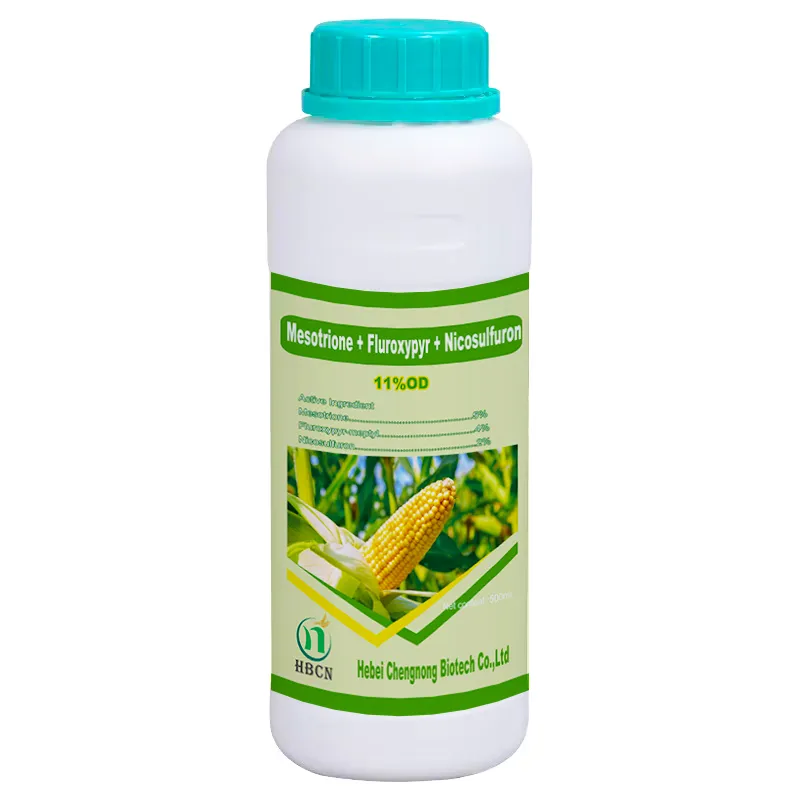
Dec . 15, 2024 20:57 Back to list
Propiconazole and Azoxystrobin Solutions for Effective Fungal Disease Management and Crop Protection
Understanding Propiconazole and Azoxystrobin A Closer Look at Their Applications and Benefits
In the realm of agricultural science, the use of fungicides is critical in maintaining crop health and yield efficiency. Two prominent fungicides that have gained considerable attention in recent years are Propiconazole and Azoxystrobin. Both compounds play a vital role in protecting various crops from fungal diseases, thereby enhancing agricultural productivity and ensuring food security. This article delves into the characteristics, applications, and benefits of these two important fungicides.
What are Propiconazole and Azoxystrobin?
Propiconazole is a systemic fungicide belonging to the triazole chemical family. It is primarily used to combat a range of fungal diseases affecting crops such as cereals, soybeans, and turf. By inhibiting the synthesis of ergosterol, an essential component of fungal cell membranes, Propiconazole effectively disrupts fungal growth and development.
On the other hand, Azoxystrobin is part of the strobilurin class of fungicides. It is widely recognized for its broad-spectrum activity against various fungal pathogens. Azoxystrobin works by inhibiting mitochondrial respiration in fungi, leading to cell death. This mechanism makes it particularly effective against diseases like powdery mildew, leaf spots, and blights across a variety of crops including fruits, vegetables, and ornamentals.
Applications in Agriculture
Both Propiconazole and Azoxystrobin have been extensively tested and are approved for use on many agricultural products. Farmers often utilize these fungicides in an integrated pest management (IPM) approach, using them in conjunction with other control strategies to minimize disease risks while promoting sustainable farming practices.
Propiconazole is particularly effective in the prevention and control of diseases such as sheath blight in rice, leaf spot diseases in various crops, and rusts in cereals. Its ability to penetrate plant tissues allows for long-lasting protection against pathogens, ensuring that crops remain healthy throughout critical growth periods.
propiconazole azoxystrobin company

Azoxystrobin, with its broad-spectrum activity, is used on a wide array of crops, from grains to fruits. It is especially favored for its preventive action, allowing farmers to apply it before disease onset. This proactive approach can save significant economic losses that might arise from disease outbreaks. Furthermore, Azoxystrobin is known for its residual activity, meaning it can continue to protect crops for some time after application.
Benefits of Using Propiconazole and Azoxystrobin
The benefits of employing these fungicides are manifold. Firstly, they significantly reduce the risk of crop losses due to fungal diseases. This is vital in meeting global food demand, as diseases can cause catastrophic reductions in yield. By maintaining crop health, farmers can ensure a more stable income and reduce the economic uncertainty associated with agriculture.
Secondly, both fungicides help improve the quality of agricultural products. Healthy plants produce higher-quality fruit and vegetables, which can translate into better market prices for farmers. Additionally, crops treated with these fungicides tend to have longer shelf lives, reducing waste and improving food security.
Moreover, the integration of Propiconazole and Azoxystrobin into farming practices supports sustainable agriculture. By effectively managing fungal diseases, farmers can reduce reliance on more toxic treatments and contribute to environmental conservation. Both fungicides have established favorable safety profiles when used according to recommended guidelines, making them viable options for responsible pest management.
Conclusion
In conclusion, Propiconazole and Azoxystrobin are vital tools in the arsenal of modern agriculture. Their effectiveness in controlling a wide range of fungal diseases ensures that crops remain healthy and productive. As the global population continues to grow and the demand for food increases, the role of these fungicides will be crucial in developing sustainable agricultural practices. By promoting crop health, enhancing quality, and securely meeting food demand, Propiconazole and Azoxystrobin exemplify the intersection of science and agriculture. As new formulations and application techniques emerge, their impact on global agriculture is set to grow, ensuring that farmers and consumers alike benefit from their use.
-
Kasugamycin Fungicide: Efficient Bacterial & Fungal Control
NewsAug.02,2025
-
Emamectin Benzoate: AI-Optimized Pest Control Solution
NewsAug.01,2025
-
Best Abamectin 95% | Top Pesticide for Crop Protection
NewsJul.31,2025
-
Insecticide Spirotetramat 11% + Thiacloprid 11% SC at Good Price
NewsJul.30,2025
-
Best Abamectin SDS - Premium Quality & Reliable Safety Data
NewsJul.29,2025
-
Agrochemicals Pesticides Solutions for Sustainable Farming
NewsJul.29,2025
